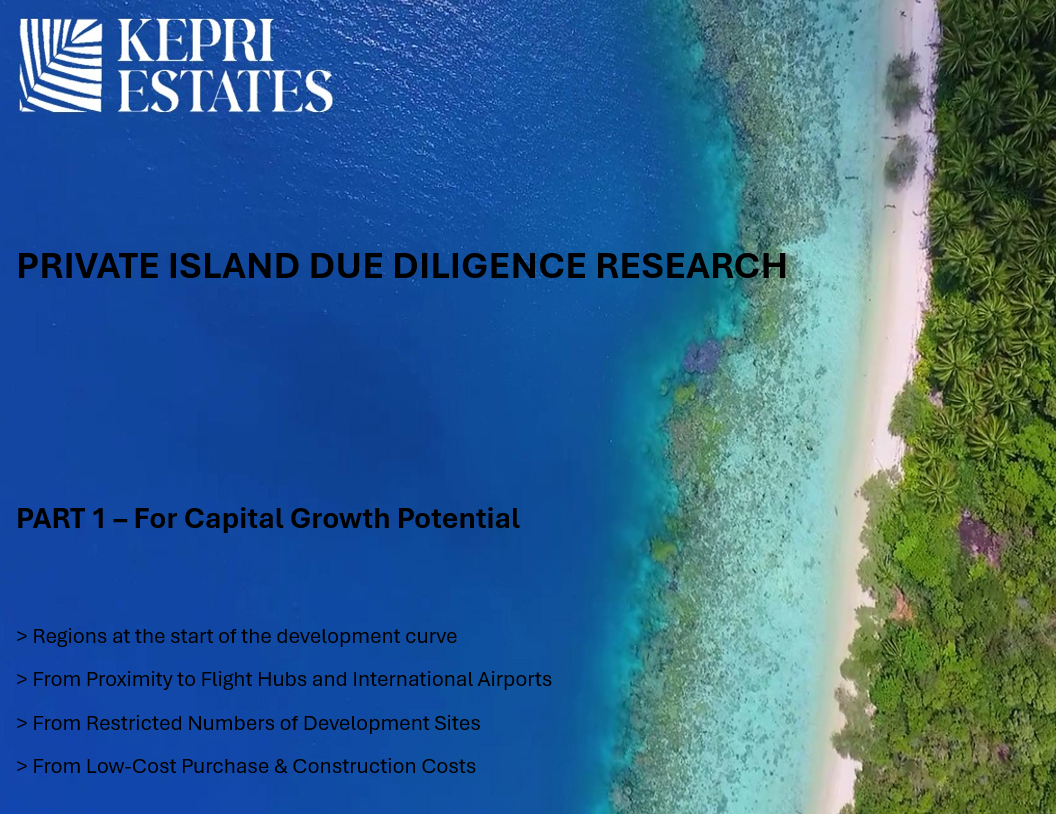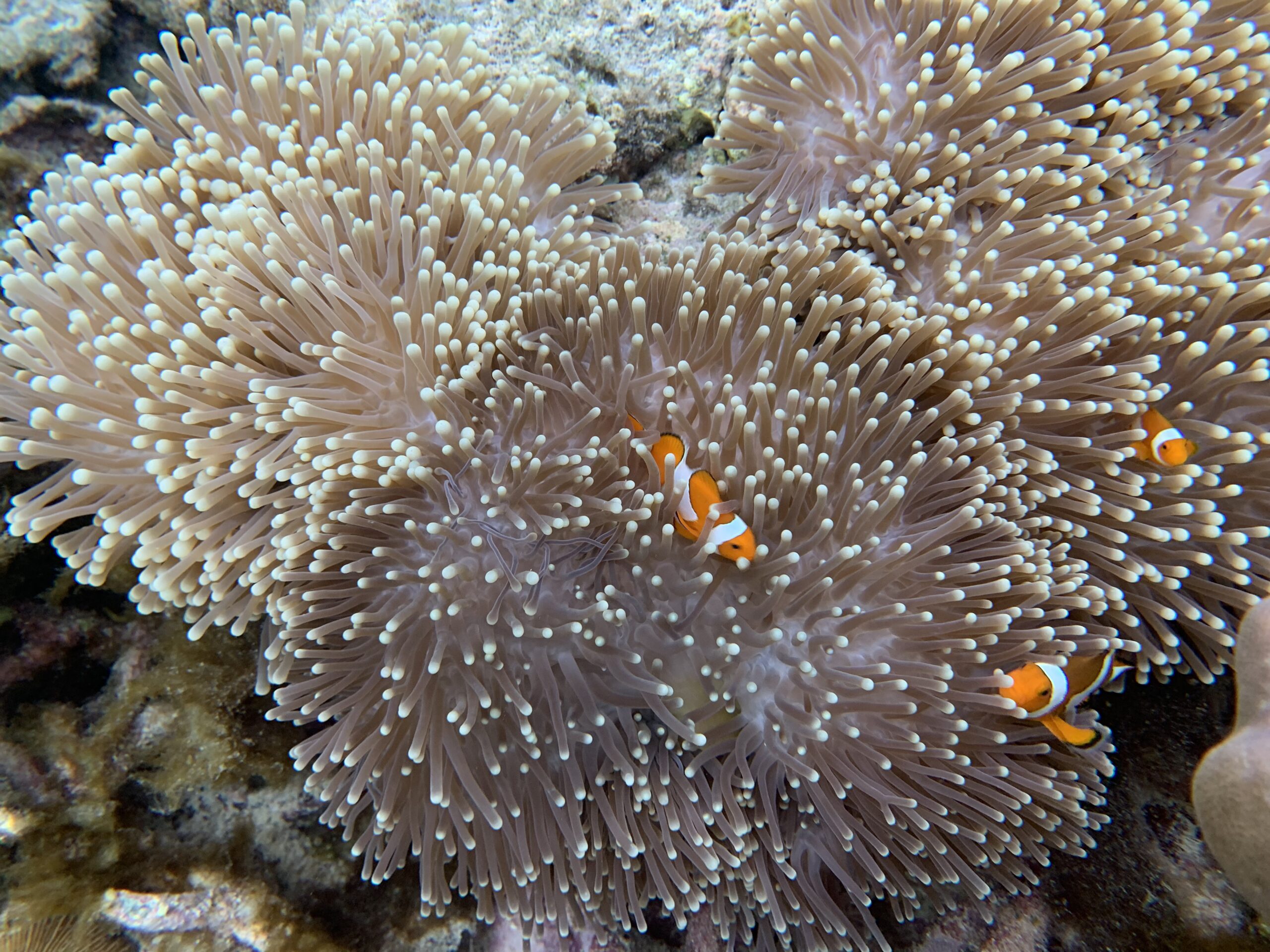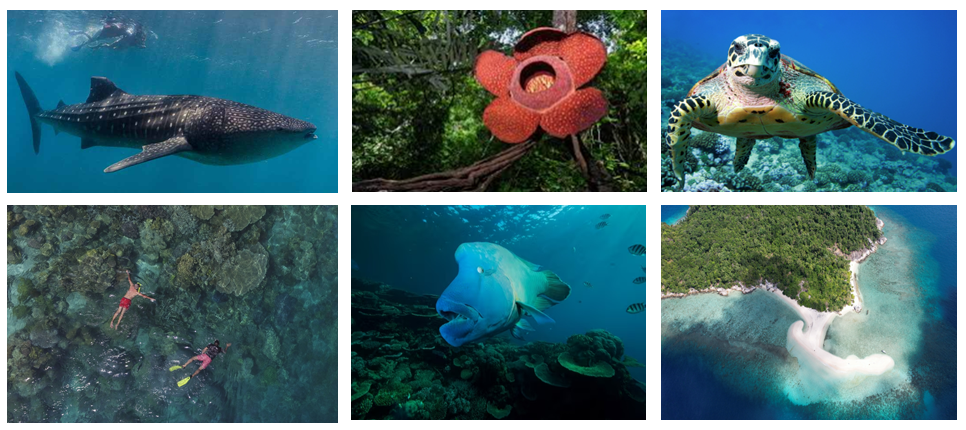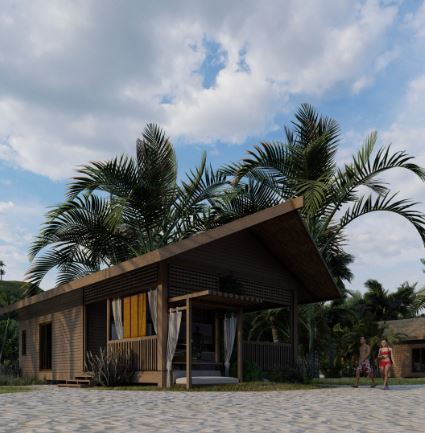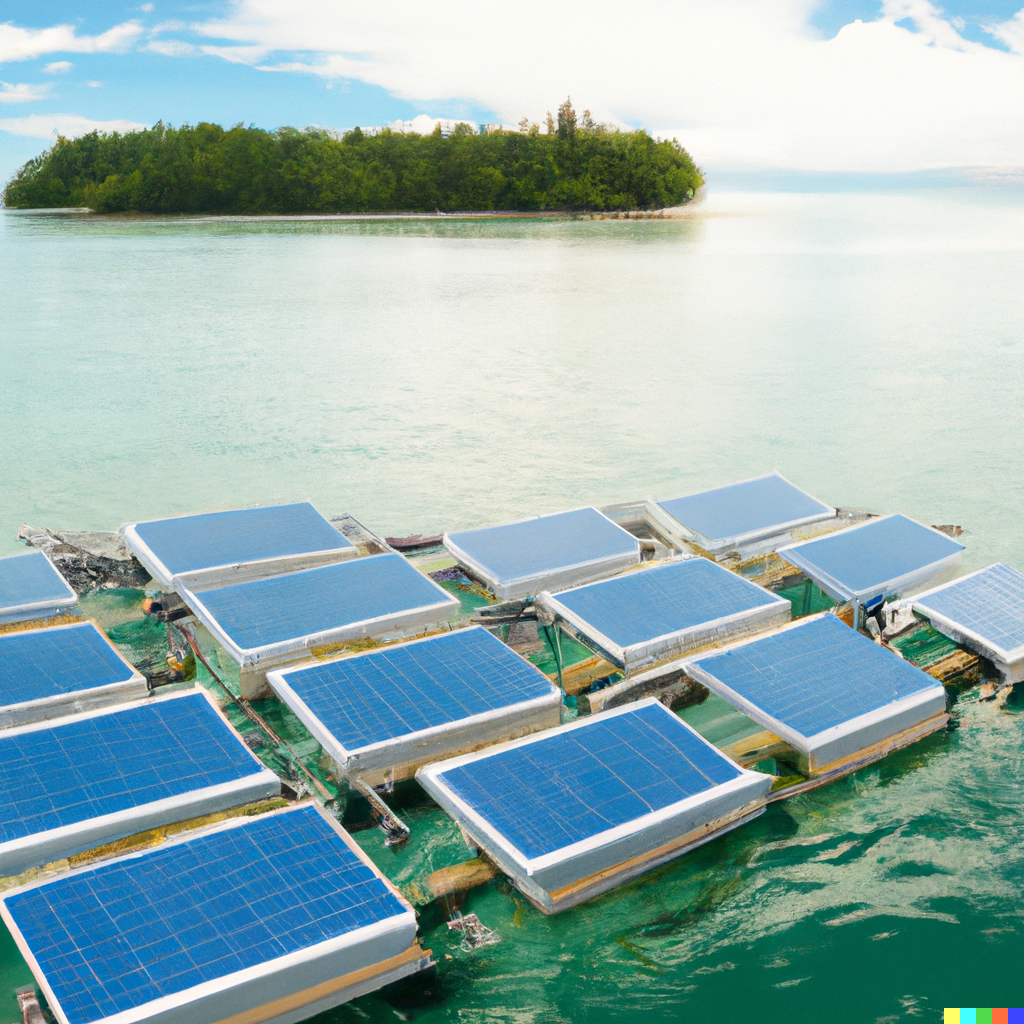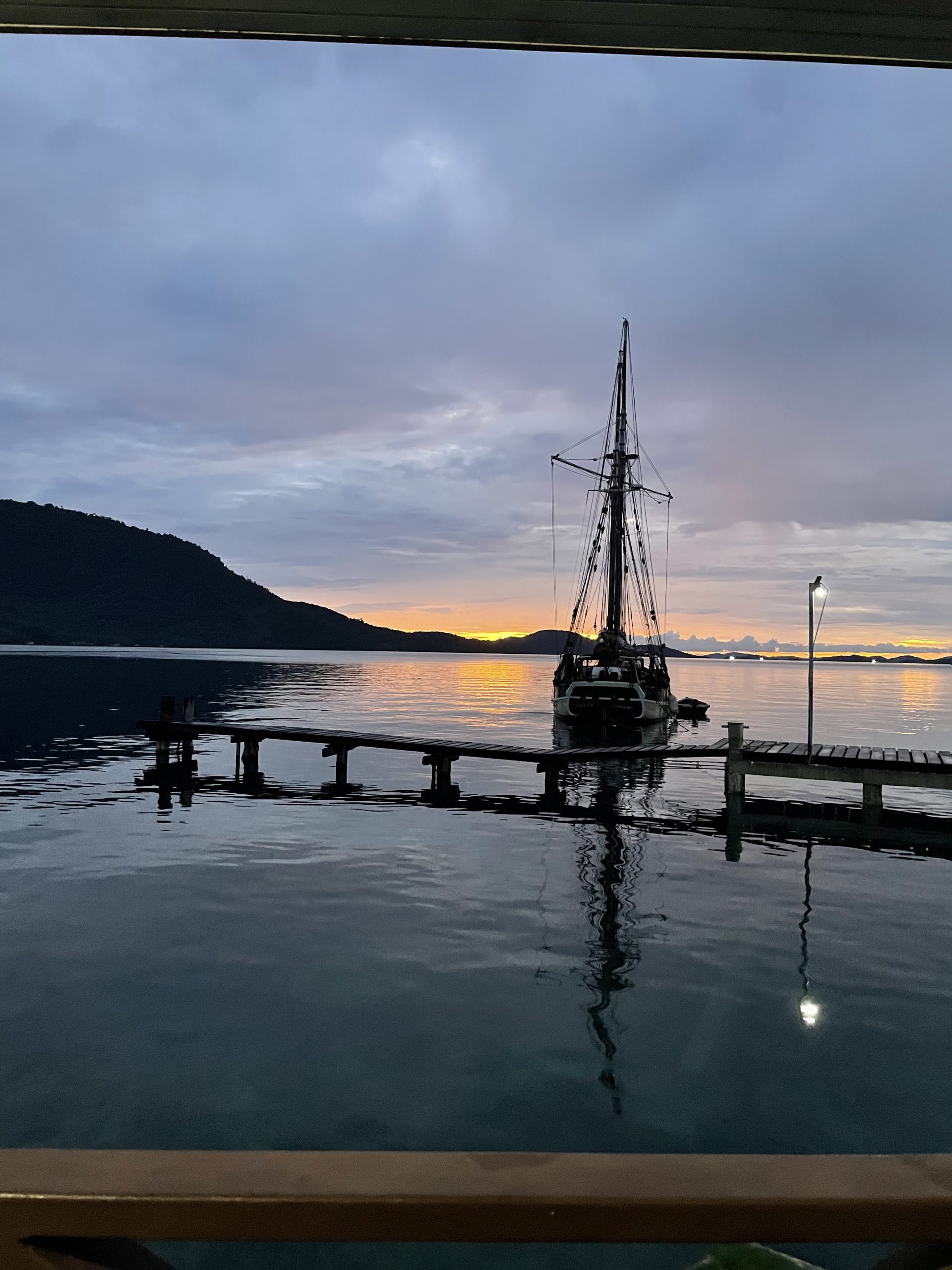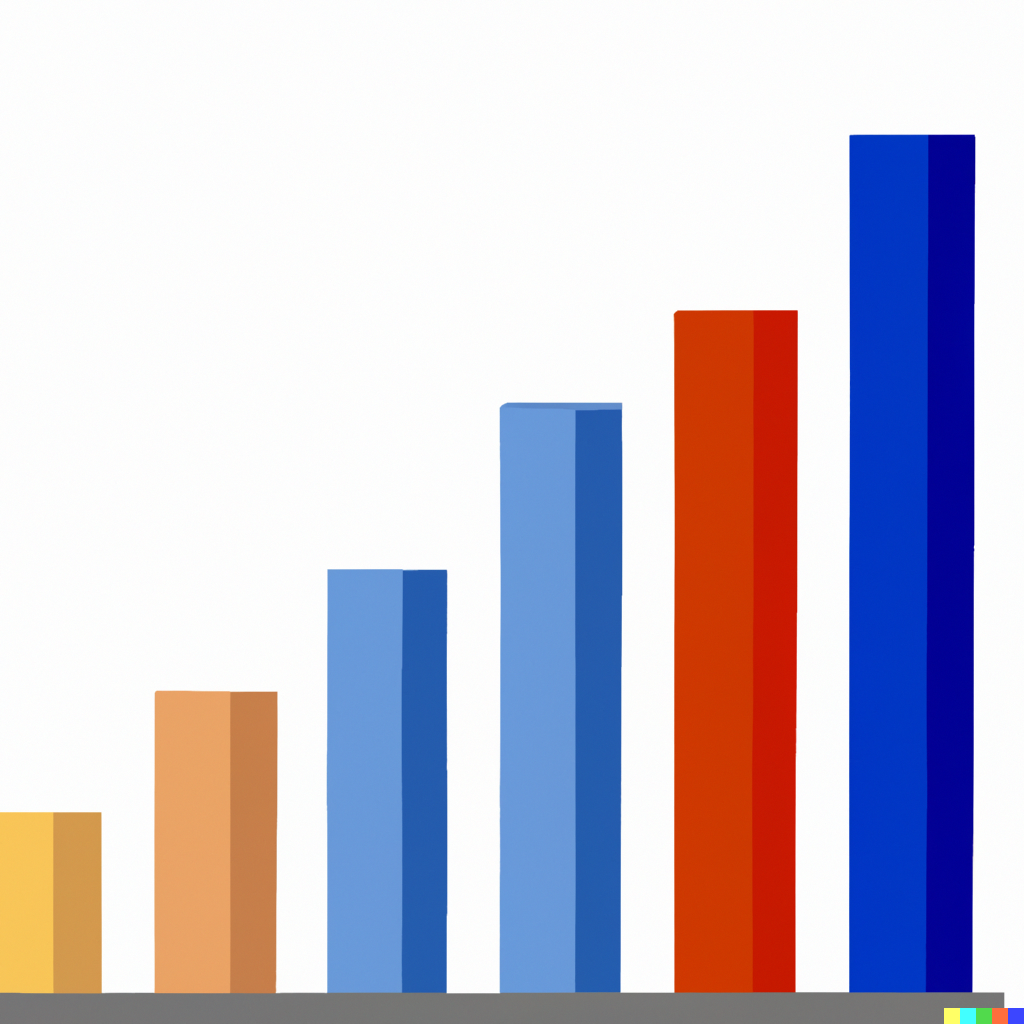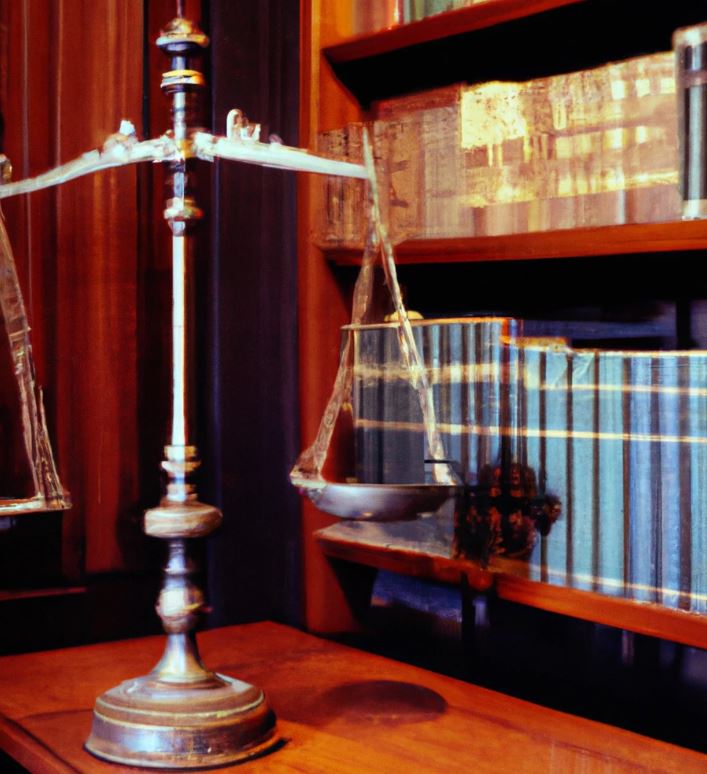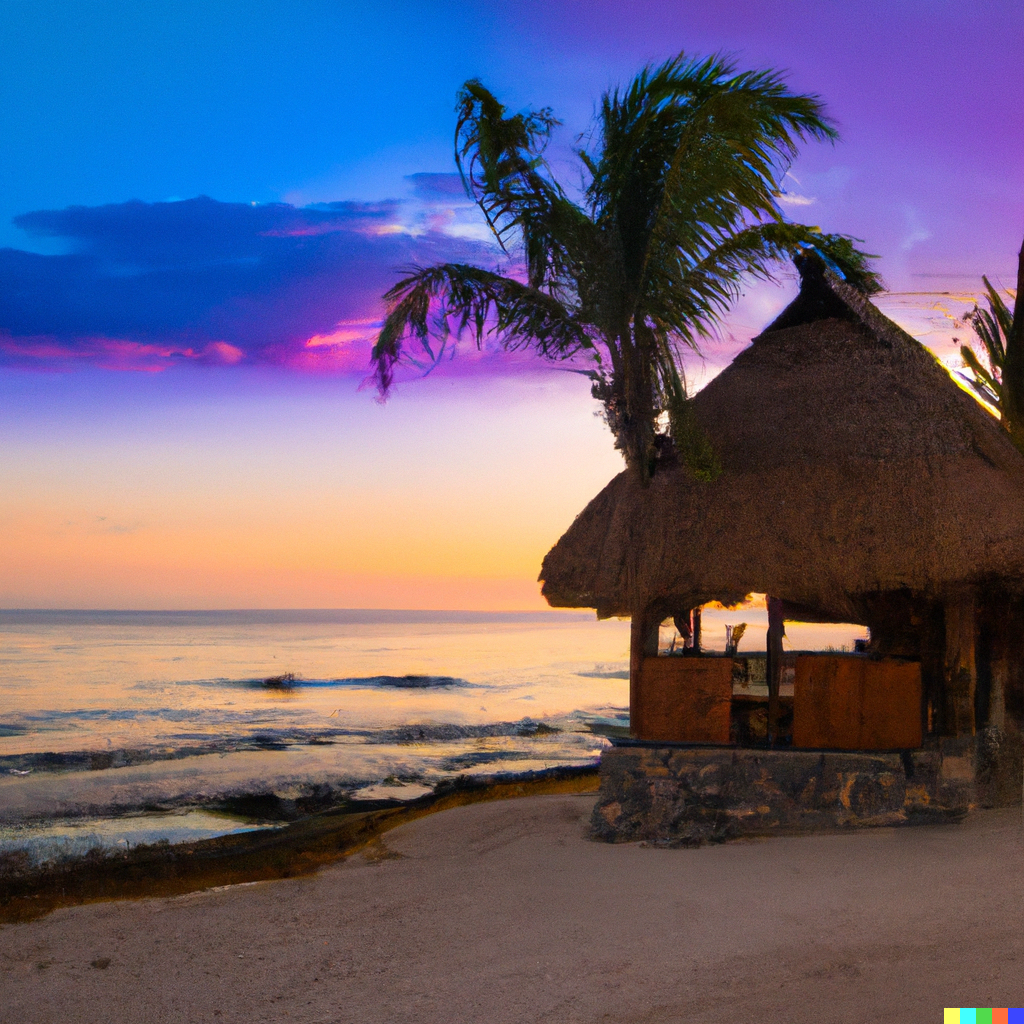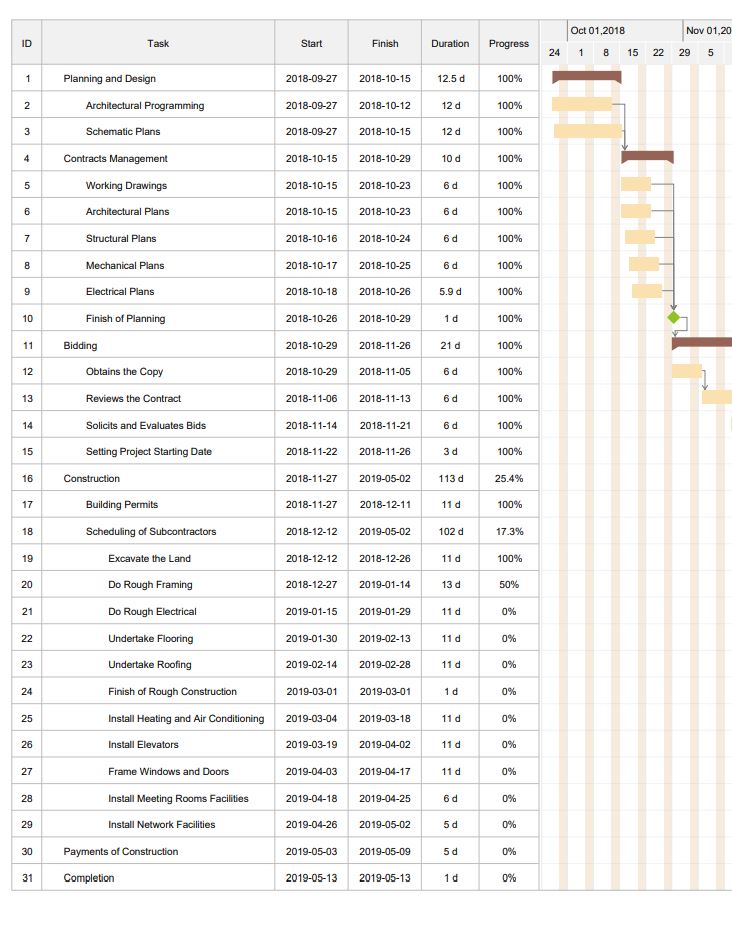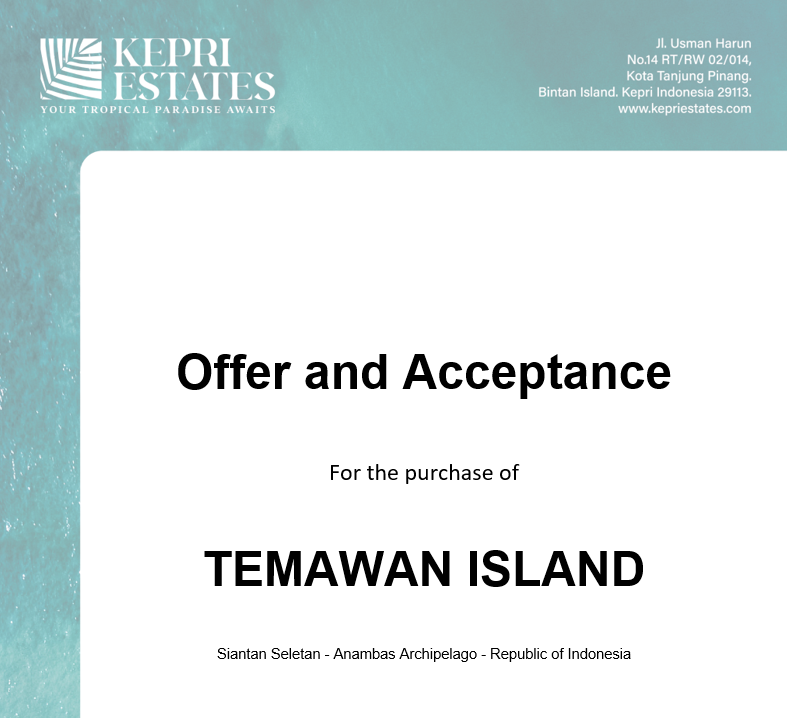Introduction

Private island regions at the beginning of the development curve that are in close proximity to international flight hubs, have a limited supply of development sites, and offer low purchase and construction costs create a unique investment proposition that can significantly maximize potential capital growth for investors.
Firstly, the proximity to international flight hubs ensures easy accessibility for tourists from around the globe, providing a steady influx of visitors and potential revenue. This accessibility increases the region’s appeal as a destination, driving demand for accommodations, services, and experiences.
Secondly, the limited supply of development sites naturally restricts the number of competitors, maintaining exclusivity and allowing for premium pricing strategies. This scarcity of available land not only helps in preserving the natural beauty and uniqueness of the region, making it more attractive to eco-conscious travellers but also ensures that any development carries a higher value due to its rarity.
Lastly, low purchase, construction and operational costs reduce the barrier to entry for investors and allow for a higher allocation of resources towards enhancing guest experiences. These lower initial costs also open up the potential for higher ROI, as operational efficiencies can be maximized, and savings passed on to consumers can make the destination more competitive without sacrificing profit margins.
When these factors work together, they create a compelling case for capital growth. Investors can leverage the strategic advantages of accessibility, exclusivity, and cost efficiency to drive superior and substantial financial returns from their development capital.
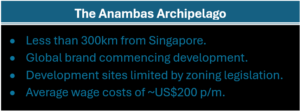
From Private Island Regions at the Start of the Development Curve
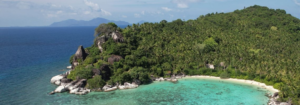
The commencement of development by international brands in the Anambas Islands signifies a substantial capital growth potential for eco-resort developers. International brands bring with them global recognition, established standards of quality, and a loyal customer base, which can significantly enhance the visibility and desirability of the region as a tourist destination.
For eco-resort developers, this presents an invaluable opportunity to capitalize on the increased footfall and higher occupancy rates driven by these brands. By aligning with or positioning their developments in proximity to projects initiated by international names, developers can leverage the brand and marketing prowess of these entities to attract a more affluent and diverse clientele.
Furthermore, the presence of international brands often signals to other investors and developers the region’s viability for tourism, potentially leading to increased property values and investment opportunities. Eco-resort developers can maximize this opportunity by focusing on unique selling propositions such as sustainability, local culture, and biodiversity conservation, which complement the luxury and global appeal brought by international brands, thus creating a differentiated and compelling offer to the market.
The enhancement of regional infrastructure, additional access points or frequencies or other government initiatives such as rezoning or establishing new infrastructure is also a good indicator that a region is expected to enter a phase of significant growth.
Government funded infrastructure enhancements , privately funded access enhancements and global brands commencing development, all occurring concurrently, is a strong indicator of future regional growth.
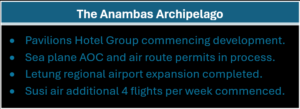
From Proximity to Flight Hubs and International Airports
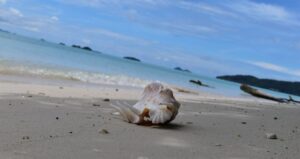
The proximity of a resort development region to international airports is a crucial determinant of its capital growth and operational profitability. First, accessibility plays a pivotal role in the attractiveness of a resort to potential visitors. Resorts located near international airports benefit from reduced travel times and costs for tourists, which can significantly influence their destination choice. This convenience enhances the resort’s appeal, leading to increased occupancy rates and, consequently, higher revenue.
Moreover, international airports serve as hubs for tourists from diverse geographic locations, providing the resort with access to a broader customer base. This exposure to a global audience not only drives immediate operational profits through increased bookings but also elevates the property’s profile on an international scale, contributing to brand prestige and attractiveness to future investors.
Investors and developers should consider the strategic importance of location in their planning processes. Properties near major airports are likely to experience accelerated capital appreciation due to their enhanced desirability and accessibility. Such locations are attractive not only to holiday-goers but also to corporate clients seeking venues for conferences or retreats, further diversifying revenue streams.

From Restricted Numbers of Development Sites
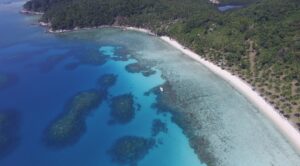
Government zoning legislation that restricts the number of development sites significantly enhances a region’s potential for future capital growth and stronger operating cash flows. This approach leverages the basic principle of supply and demand; with limited development options available, each property becomes more valuable, allowing developers to command premium prices. This scarcity not only increases initial investment attractiveness but also bolsters ongoing revenue through heightened demand.
Moreover, these restrictions support environmental conservation, preserving the natural beauty and ecological integrity of a region. Such conservation efforts make these areas uniquely appealing in today’s market, where environmental consciousness is on the rise. Properties in these pristine environments can attract a premium, appealing to a wealthier demographic seeking unique, sustainable destinations. This not only drives up market valuation but also ensures robust operating cash flows by catering to high-spending tourists.
Additionally, this balanced approach to development and sustainability maintains the region’s long-term desirability and mitigates the risks associated with overdevelopment, like environmental degradation and market saturation, which can diminish a destination’s appeal and value.
Zoning restrictions that limit development sites create a lucrative scarcity, enhance environmental appeal, and ensure sustainable growth. For real estate developers, navigating these dynamics offers a competitive edge, ensuring long term enhanced profitability and growth.
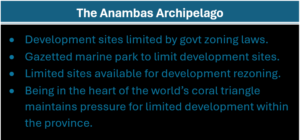
From Low-Cost Purchase & Construction Costs

In the realm of development, the attractiveness and profitability hinge significantly on three cost components: labour, construction, and materials. Lower labour costs are a boon for developers, leading to decreased project expenses and enabling investments in superior materials or technology. This cost efficiency not only speeds up the completion of projects but also reduces operational costs for businesses, enhancing profit margins.
Affordable construction costs, encompassing materials, machinery, and technology, render development projects more financially accessible. This affordability attracts a wider investor base, improving the feasibility of more projects. Reduced construction expenses allow developers to allocate funds towards enhancing the project’s features, such as sustainability or amenities, boosting its market value and appeal.
Material costs also play a crucial role. When the prices of essential materials like steel, concrete, and wood are lower, the overall investment needed for development drops. This reduction allows for competitive pricing or increased profit margins, making the project more appealing in the market. The ability to use higher-quality materials without inflating costs also improves the development’s durability and attractiveness, drawing in more buyers or tenants.
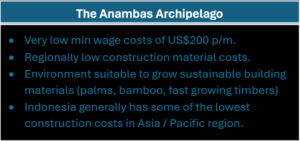
Watch part 1 of Kepri Estates audio book on private island due diligence below, or listen to it here (YouTube) https://www.youtube.com/watch?v=QVUU4oh2pDc

